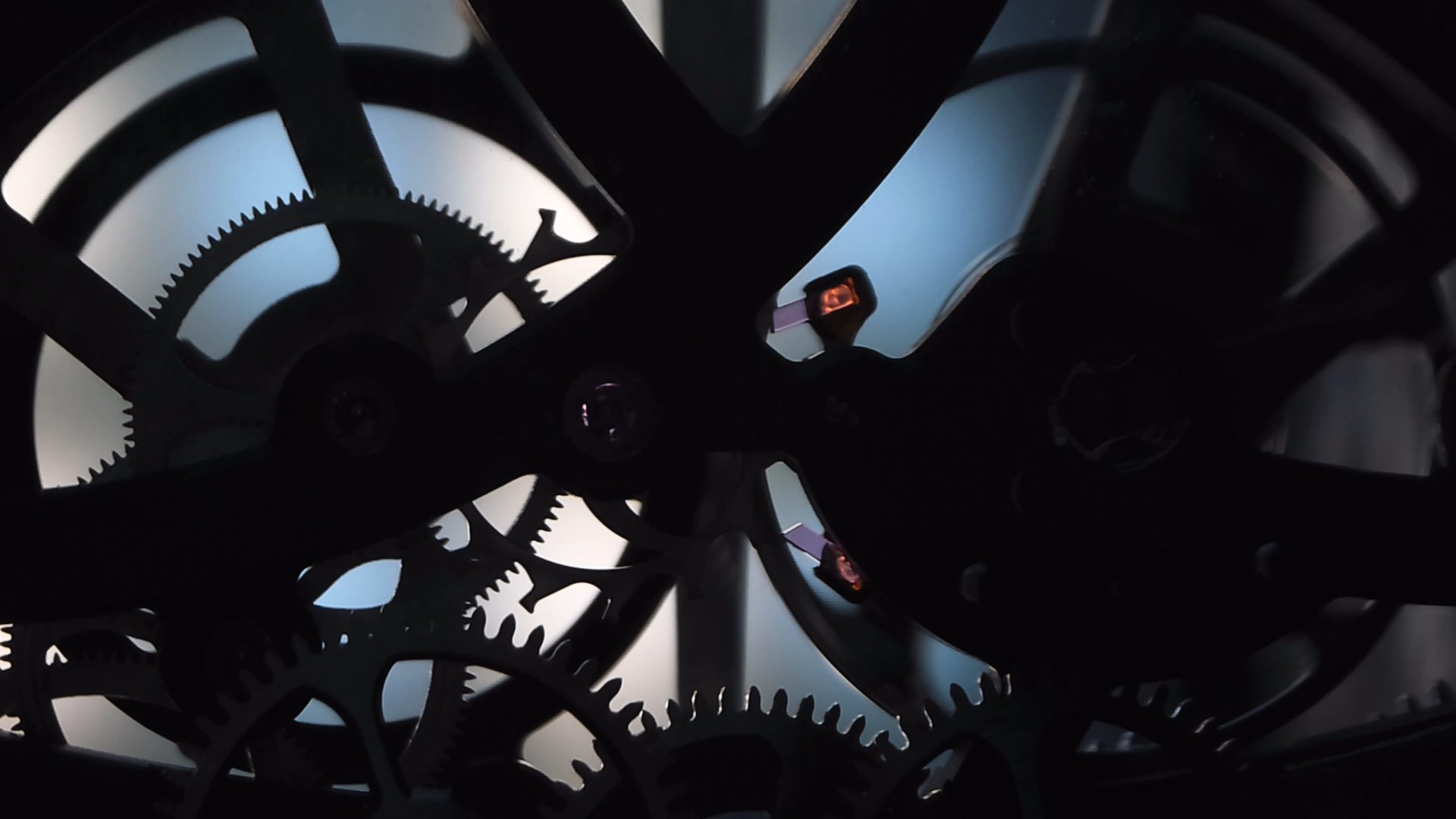UPDATES, MAY 2025
We’re excited to share several updates to Horopedia.org that expand and deepen our coverage of the watchmaking world.
One of our main goals is to share information about the various types of professional education in watchmaking. We have already listed the main professions within the Swiss horological industry and continue to showcase the officially recognised watchmaking schools in the Confederation. The international schools can be found in the Schools section.
- The Technical School CEJEF is located in Porrentruy, in the canton of Jura. This school blends practical workshop skills with academic training. Students here can earn an AFP in two years or a CFC certificate in three to four years, with the option to pursue a vocational baccalaureate that leads directly to a University of Applied Sciences.
- The Technical College of Biel/Bienne CFP is a bilingual institution in the canton of Bern. It is considered a top choice for training in microtechnical fields. Its graduates go on to work in watchmaking, precision engineering, microtechnology, medical technology, and automation — some of the most dynamic areas of the industry.
- The WOSTEP Foundation, established in 1966, is renowned worldwide and has built its reputation as a neutral, independent centre of horological education. Partially bilingual, its training programmes are approved by the Convention Patronale de l’Industrie Horlogère Suisse (CP – Swiss watch industry employers’ association), preserving traditional Swiss craftsmanship while supporting the future needs of the industry.
- On the technical side, we have added a thorough visual introduction to Escapement Adjusting. Now used as a step-by-step teaching tool by watchmaking schools in Switzerland, this film explores the art of adjusting escapements — a process that requires precision and patience, and is vital for accurate timekeeping.
- The next film focuses on the escapement itself, explaining the main components and working principles of a Swiss lever escapement. This robust and accurate mechanism quickly became the standard for Swiss watchmaking, thanks to its solid performance and ease of production.
- As the volume of information expands, we have added more detailed articles covering watchmaking terms and definitions. In the section on Watch Complications, we introduced a chapter on Time Zones, which groups complications that indicate a second time zone and universal time. Additionally, under The Measurement of Short Time Intervals, we delve into various chronographs and short-time measurement instruments originally developed to fulfil the needs of scientists, the military, and subsequently, athletes.
These updates strengthen Horopedia.org as an open, growing archive of horological knowledge, one that welcomes anyone eager to learn.
ABOUT HOROPEDIA
Horopedia Foundation was established in February 2023 and given the status of public interest. The Foundation Council is composed of Philippe Dufour (President), Dr. Helmut Crott, André Colard, and Marc André Deschoux. The Foundation governs Horopedia.org, the first online video encyclopedia on watchmaking. The platform was launched in 2022 and quickly gathered unanimous support within the community.
To date, over 100 multilingual documentary films on museums, watchmaking schools, watch tools and components, and the mechanical principles behind their work can be found on Horopedia.org. To enhance its educational mission, the platform also incorporates visual pedagogic materials to facilitate a better understanding of the provided information. The website features nearly 900 pages with detailed definitions of watchmaking terms and historical anecdotes about significant horological inventions.
Horopedia.org meticulously covers all facets of the fascinating horological industry in French, English, and German. It offers detailed definitions of tools and complications, 3D images of movements, and thorough video explanations of component production, their history, and functions in a watch. A dedicated section of the website lists horological institutions, including schools and museums in Switzerland and worldwide.

